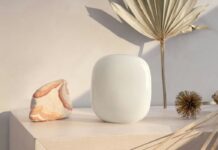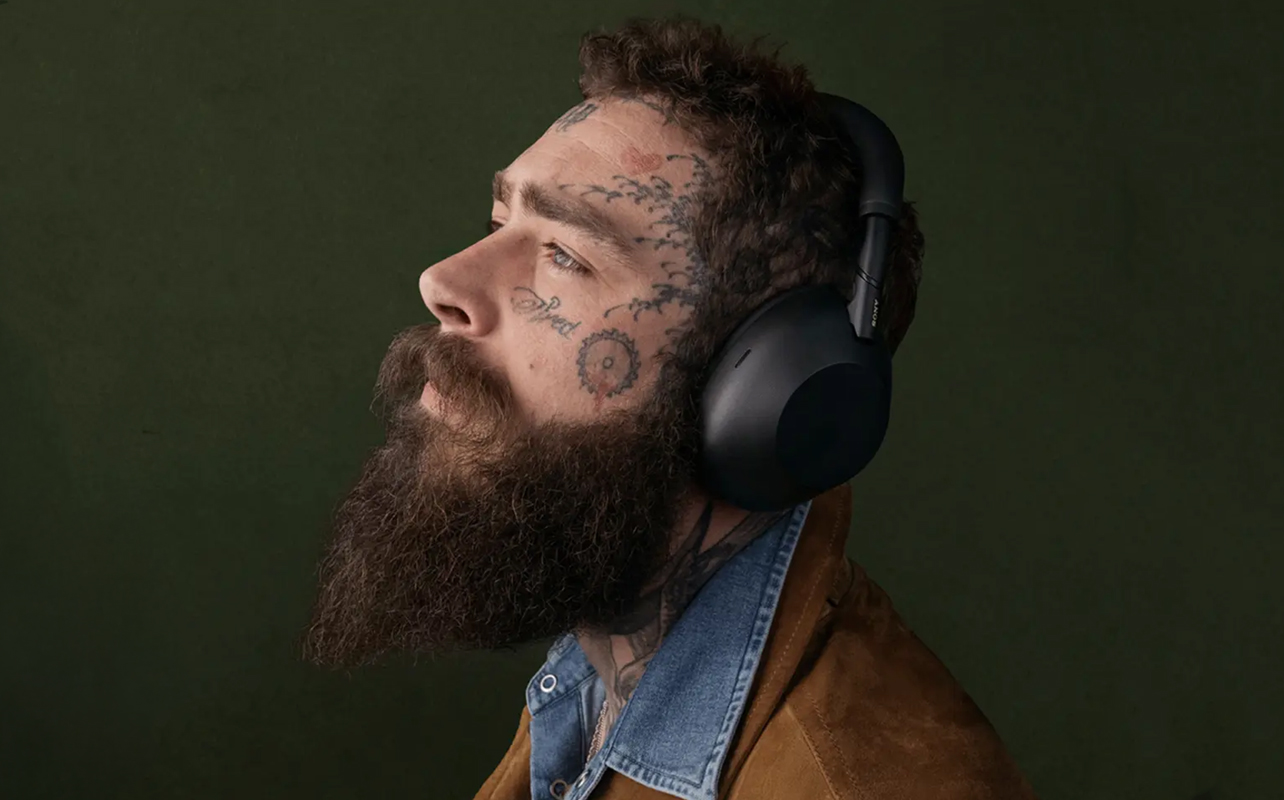
When you put on a pair of noise-cancelling headphones, they should help you find the peace, focus, and immersive listening you’re looking for. From long-haul flights to open-concept offices, plus the rise in remote work and travel, block out distractions is now a must for people who simply want to tune into their world of music, podcasts, or silence.
Except not all noise cancellation is created equal. In fact, there are two ways to look at it off the bat—passive noise isolation and active noise cancellation (ANC)—and how they actually work together to reduce those unwanted sounds. This guide breaks it all down so you know how these headphones and earbuds work and what to choose based on your lifestyle and needs.
The basics — what is noise cancellation?
At its core, noise cancellation refers to how headphones block out or reduce external noise. There are two main types of noise cancellation: passive and active. While one is based more on how headphones and earbuds are physically designed, the other focuses on how the technology inside works to cancel out ambient noise. They are different, though also complementary technologies, that can work hand-in-hand, depending on what headphones you choose to use.
Passive vs. active cancellation
- Passive noise isolation uses physical materials to block noise—like thick ear cushions for over-ear headphones or snug in-ear tips for earbuds.
- Active noise cancellation (ANC) uses built-in microphones and soundwave technology to counter incoming noise electronically and cancel it out.
Most premium headphones today offer a combination of both technologies for better performance. If you’re still unsure about the different headphone types, check out this headphone buying guide on the Best Buy blog.
Passive isolation – foam, cups and sealing
Passive isolation is the simplest and most traditional form of noise control. It doesn’t rely on batteries or digital processing. It’s all about how it physically blocks sound from reaching your ears.
How it works
Passive isolation depends entirely on the materials and fit of the headphones. A tight seal over your ears or inside your ear canal prevents outside noise—especially high-frequency sounds—from getting in. Think of it like covering or plugging your ears with your own hands. Background noise will sound muffled, and the tighter you squeeze, the less that can passively seep in.
Key components of passive isolation
- Ear cup materials: Over-ear headphones often use memory foam and dense padding that absorb and muffle noise.
- In-ear tips: Silicone or foam ear tips create a barrier in your ear canal for in-ear models. They tend to come in different sizes to accommodate a range of ear types and sizes for the best comfort and most effective isolation.
- Clamping force: A snug fit ensures better sealing, although too much pressure can reduce comfort. This is why some manufacturers include instructions or tests in their companion apps, particularly for earbuds, to determine what works best.
- Proper fit: This can’t be overstated—poor fit leads to sound leakage, less bass, and weaker noise isolation. It’s very common for brands to include multiple ear tip sizes for optimal fit, some of whom may also add foam tips as well.
Pairing great passive isolation with active noise cancelling (ANC) technology results in best-in-class noise reduction.
Active noise cancellation – mic, DSP, and anti-noise
Unlike passive isolation, ANC uses technology to cancel out sound. It’s especially effective against low-frequency, consistent noises like engines or fans, though the best ones are pretty good with other frequencies, too.
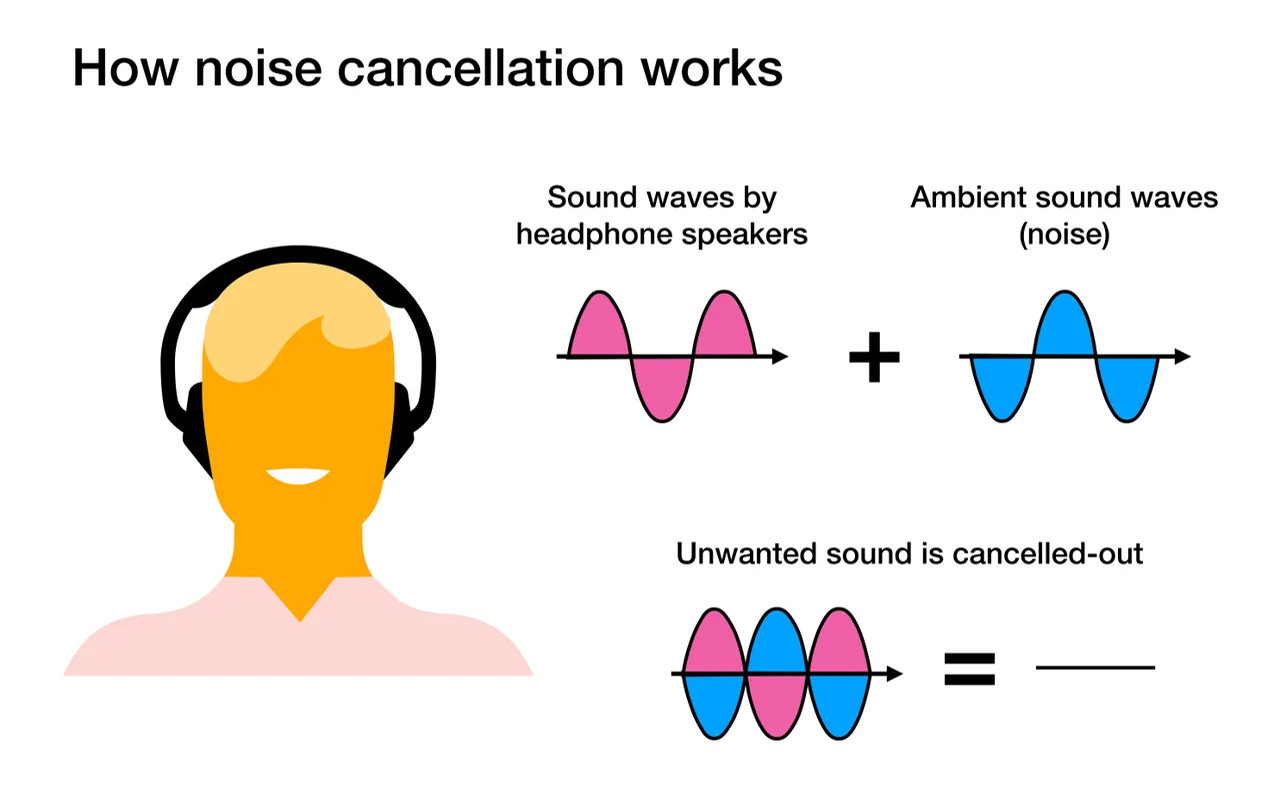
How ANC works
ANC headphones and earbuds use their own built-in microphones to detect ambient sounds. A digital signal processor (DSP) then generates a reverse soundwave (anti-noise) that neutralizes the noise before it reaches your ears. This creates a barrier that wards off that noise, while retaining the sound quality of the content you’re listening to. The one catch is that ANC can affect playback just a little bit, which is why most brands will offer a way to turn it off entirely when you’re in quieter confines.
The tech behind ANC
- Microphones: Pick up background noise from the environment or inside the ear cup.
- Digital signal processor (DSP): Analyzes the noise in real-time and creates a mirror-opposite soundwave.
- Speakers: Play the anti-noise soundwave at the same time as the noise, effectively cancelling it through destructive interference. It’s that precise timing that allows ANC to quiet engine rumble or HVAC hums—even if you’re not playing any music.
How active noise cancellation works
Let’s break down the core components and types of ANC setups in more detail.
External vs internal microphones
- Feed-forward (external mics): These detect noise outside the ear cup or earbud. They’re great for cancelling ambient sounds quickly but can be sensitive to wind.
- Feedback (internal mics): These are located inside the ear cup, measuring the actual sound reaching your ear for better precision.
- Hybrid ANC: Combines both for enhanced cancellation across a broader range of frequencies. The best premium models, like those from Bose, Sony, and Apple, typically use hybrid systems, though they’re widely adopted by others as well.
Destructive interference: anti-noise explained
The science behind ANC is called destructive interference. Imagine two identical waves in water: when the peak of one meets the trough of the other, they cancel each other out and the water goes still.
Headphones apply this principle by generating a soundwave that’s 180 degrees out of phase with the incoming noise. When the two waves collide, the result is silence.
Feed-forward, feedback and hybrid ANC systems
Here’s a breakdown of the three main ANC system types and their pros/cons:
| System | Pros | Cons | Used by |
|---|---|---|---|
| Feed-forward | Fast response, simple design | Wind-sensitive, less accurate | Budget-friendly models |
| Feedback | More precise to user’s experience | May miss fast-changing outside noise | Some mid-range ANC headphones |
| Hybrid | Best overall performance | More expensive, uses more battery | Sony WH-1000XM6, Bose QuietComfort Ultra, AirPods Max |
What active noise cancellation cancels best
While ANC is incredibly effective, it performs better on some types of noise than others. Here’s what you can expect in real-world situations.
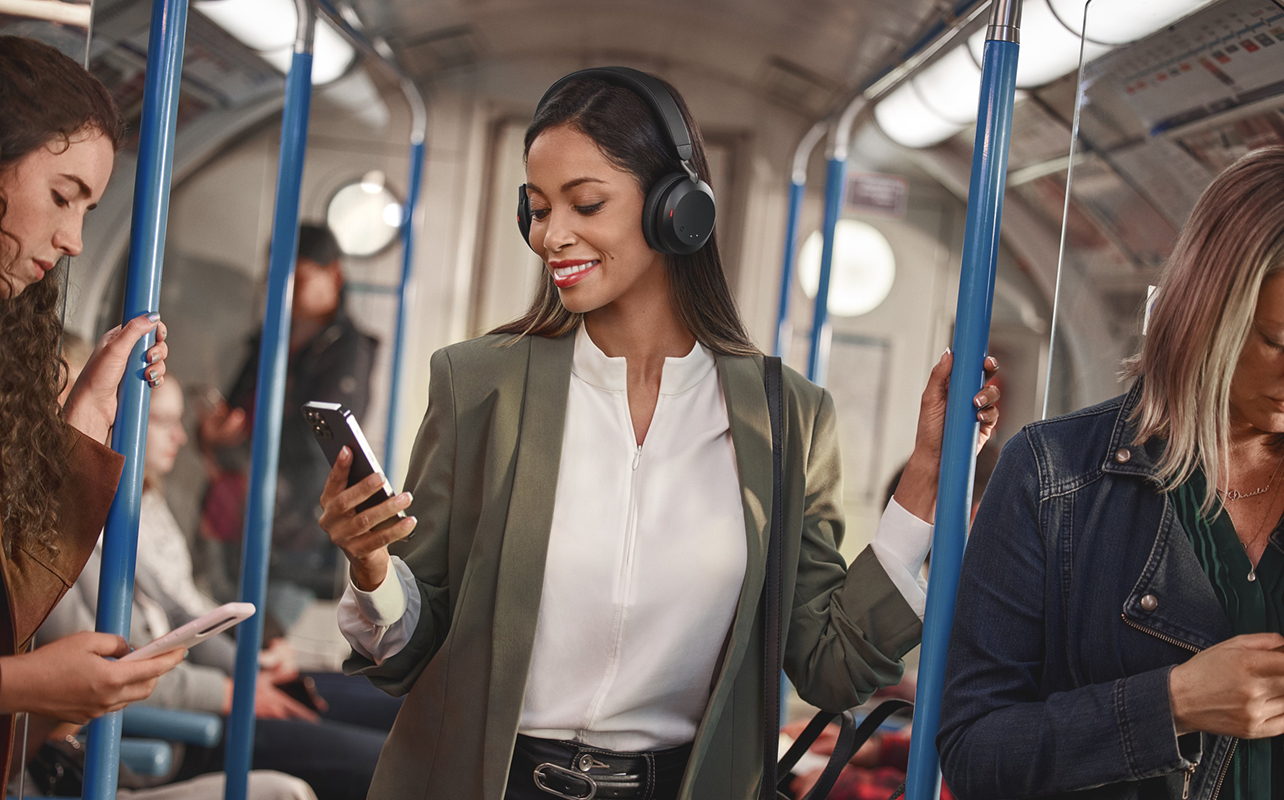
Low-frequency hums—planes, buses, trains, HVAC
ANC performs best with steady, low-frequency sounds like airplane engines, bus or train rumble, and HVAC systems. That’s why travellers like ANC headphones so much when they can effectively reduce engine noise and create a quieter environment to sleep or enjoy some content.
Constant mids—crowd noise, office murmur
ANC can suppress mid-frequency background sounds like office chatter, distant conversations, and people typing. While it won’t entirely eliminate specific individual voices among them, it will reduce the overall level of distraction, making it easier to focus. That’s a big reason why they have become so popular in both offices and remote working setups.
Why sharp, high sounds are harder to cancel
High-frequency sounds like crying babies, screeching train tracks, clinking dishes, and barking dogs are difficult for ANC systems to cancel. Part of the reason is these noises are unpredictable due to shorter wavelengths, which gives the DSP less time to react. Even when those sounds are sustained, the varying waves prove difficult to counter. Very few brands have managed to achieve moderate success in doing so.
Limitations and trade-offs of ANC
Even the best ANC headphones have limitations. Here’s what to consider when managing expectations or comparing products.
Power draw and reduced battery life
ANC requires power to operate, especially in wireless models. When ANC is on:
- Battery life typically drops by 20-30%.
- Some headphones offer up to 30-50 hours with ANC, while others may only deliver 15-20 hours. Volume levels impact battery life even more, so cranking them up louder affects how long wireless headphones or earbuds last per charge.
Sound quality and ‘pressure’ feel
Some users report:
- A feeling of ear pressure or “suction”. This is highly subjective because it can affect different people in different ways but it’s a major factor in determining comfort.
- Slight changes to soundstage or EQ, especially with heavy ANC. Some headphones and earbuds offer adaptive ANC to adjust the extent of the effect in case it affects audio playback.
Over-cancellation and wind sensitivity
External mics can pick up wind, which may confuse the ANC system. This can lead to a fluttering or static-like sound. Look for headphones with a “wind reduction mode” or adaptive ANC profiles that automatically adjust to outdoor conditions.
Key features to look for when buying ANC headphones or earbuds
Now that you know the science, here’s what to look for when shopping for the right pair of ANC headphones.
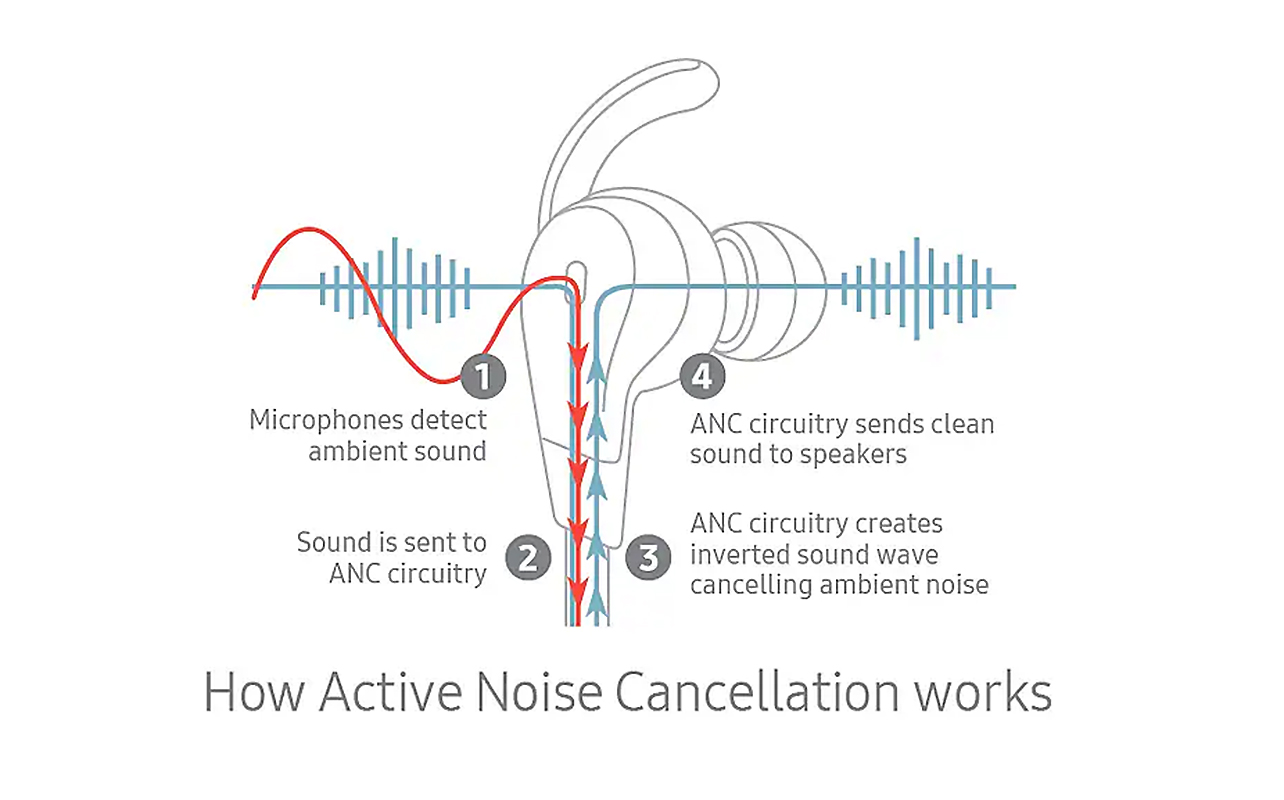
Seal and comfort (especially for in-ears)
- A tight seal helps passive isolation, improves bass response, and enhances ANC effectiveness.
- In-ear ANC models like the Sony WF-1000XM5 come with foam and silicone tip options—try each to find the best fit.
Transparency mode and adaptive profiles
- Transparency mode lets outside sound in, perfect for quick conversations or safe commuting.
- Adaptive ANC adjusts based on your surroundings, ideal for users who switch between noisy and quiet environments.
Firmware updates and app-based controls
Headphones from Sony, Bose, Sennheiser, Apple, JBL, and others regularly receive firmware updates that:
- Improve ANC algorithms
- Add new features
- Enhance custom settings for more personalized control
Tips to get the most from your noise-cancelling headphones
A few small tweaks can dramatically improve your ANC experience—especially if you already own a pair.
Use the correct ear tips or adjust headband fit
- A proper seal is essential.
- Try different tip sizes or readjust the headband to ensure full ear coverage and minimal leakage.
Keep mic ports clean and firmware updated
- Dust or debris on the ANC mics can reduce performance.
- Use a soft brush to clean mic holes and update firmware regularly via the headphone app.
Choose the right ANC mode for your environment
- High mode: Noisy flights, cafes
- Low mode: Office or quiet home
- Adaptive mode: Changing environments
Using the right mode helps save battery and maintain optimal performance.
FAQs
Do noise-cancelling headphones work without music?
Yes! ANC works independently of music, so you can enjoy silence or pair it with white noise for focus or sleep.
Is ANC bad for your ears?
Not at all. ANC doesn’t emit harmful signals—it simply cancels noise. If you feel discomfort, try turning off ANC or switching modes.
Do all noise-cancelling headphones use the same tech?
No. While the core principle is similar, implementation varies by brand. Hybrid ANC systems tend to be the most effective.
Will ANC work on a crying baby or barking dog?
Not completely. Sudden, sharp sounds are harder to cancel, but ANC can still reduce their intensity.
Ready to block out the noise?
Noise-cancelling headphones combine smart design and cutting-edge technology to help you find peace, wherever you are. While ANC is especially effective for blocking steady, low-frequency noise, combining it with a good seal and smart features like transparency mode makes for a well-rounded experience.
Whether you’re looking for travel-friendly models, in-ear ANC earbuds, or premium over-ear headphones, Best Buy offers a wide selection to suit every lifestyle. Find your perfect ANC headphones or wireless earbuds at Best Buy.
This article was drafted using AI technology and then reviewed, fact-checked, and revised by a member of our editorial team.




